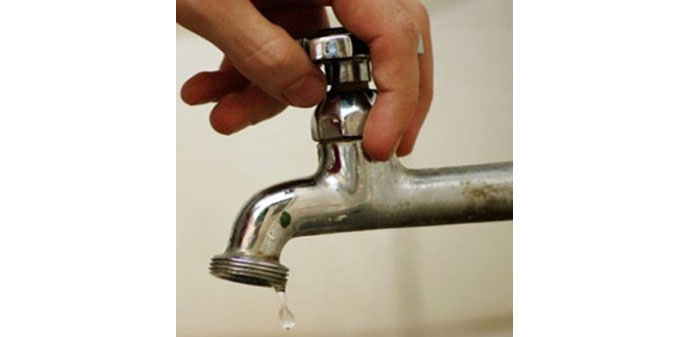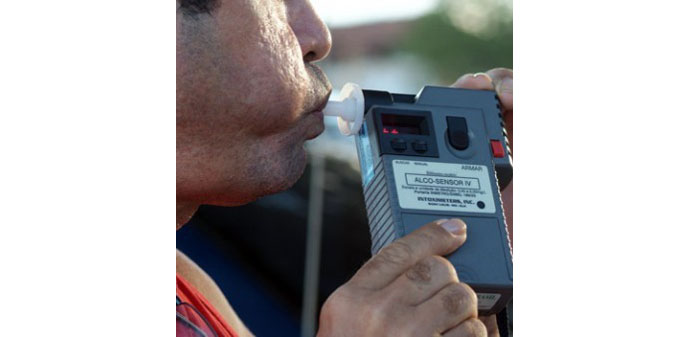

In 1942, the islands Vlieland and Terschelling went back to the province of Friesland. In exchange, South Holland received the greater part of the municipality of Leimuiden in 1864. Urbanisation and economic growth (1840 to today) Īfter the Haarlemmermeer was drained in 1855 and turned into arable land, it was made part of North Holland. The impetus came largely from Amsterdam, which still resented the 1838 relocation of the court of appeal to The Hague in South Holland.

The need for this was not felt in South Holland or in West Friesland (which feared the dominance of Amsterdam). When the constitutional amendments were introduced in 1840, it was decided to split Holland once again, this time into two provinces called "North Holland" and "South Holland". The borders with Utrecht and Gelderland were definitively set in 1820. During this reorganisation the islands of Vlieland and Terschelling were returned to Holland and parts of "Hollands Brabant" (including "Land of Altena") went to North Brabant.

Even though the province had been reunited, the two areas were still being treated differently in some ways and the idea of dividing Holland remained alive. When the province of Holland was re-established in 1814, it was given two governors, one for the former department of Amstelland (area that is now North Holland) and one for the former department of Maasland (now South Holland). However, the division was not totally reversed. One of the ministers on the constitutional committee (van Maanen) suggested that the old name "Holland and West Friesland" be reintroduced to respect the feelings of the people of that region. Zuiderzee and Monden van de Maas were reunited as the province of "Holland". When the 1814 Constitution was introduced, the country was reorganised as provinces and regions ( landschappen). Amstelland and Utrecht were amalgamated as the department of "Zuiderzee" ( Zuyderzée in French) and Maasland was renamed "Monden van de Maas" ( Bouches-de-la-Meuse in French).Īfter the defeat of the French in 1813, this organisation remained unchanged for a year or so. In 1810, all the Dutch provinces were integrated into the French Empire. This time the two departments were called "Amstelland" (corresponding to the modern province of North Holland) and "Maasland" (corresponding to the modern province of South Holland). This reorganisation had been short-lived, but it gave birth to the concept of breaking up Holland and making it a less powerful province. In 1801 the old borders were restored when the department of Holland was created. The first three of these lay within the borders of the old Holland the latter two were made up of parts of different provinces. Holland was split up into five departments named " Texel", " Amstel", " Delf", " Schelde en Maas", and " Rijn". The republic was reorganised into eight departments ( département) with roughly equal populations. In the Constitution enacted on 23 April 1798, the old borders were radically changed. In 1795, the old order was swept away and the Batavian Republic was established. This was a time of bewildering changes to the Dutch system of provinces. The province of North Holland as it is today has its origins in the period of French rule from 1795 to 1813. Government house of North Holland province, Villa Welgelegen, in Haarlem Emergence of a new province (1795 to 1840) The busiest airport in the Netherlands and Europe's third-busiest airport, Amsterdam Airport Schiphol, is in North Holland. There are 45 municipalities and three (including parts of) water boards in the province. The King's Commissioner of North Holland is Arthur van Dijk, who has been serving since 2019. The province's largest city and also the largest city in the Netherlands is the Dutch capital Amsterdam, with a population of 862,965 as of November 2019. In 1855, the Haarlemmermeer was drained and turned into land. In 1840, the province of Holland was split into the two provinces of North Holland and South Holland. In the 17th and 18th century, the area was part of the province of Holland and commonly known as the Noorderkwartier (English: "Northern Quarter"). During this period West Friesland was incorporated. In November 2019, it had a population of 2,877,909 and a total area of 4,092 km 2 (1,580 sq mi), of which 1,430 km 2 (550 sq mi) is water.įrom the 9th to the 16th century, the area was an integral part of the County of Holland. It is located on the North Sea, north of South Holland and Utrecht, and west of Friesland and Flevoland. North Holland ( Dutch: Noord-Holland, pronounced ( listen)) is a province of the Netherlands in the northwestern part of the country.


 0 kommentar(er)
0 kommentar(er)
